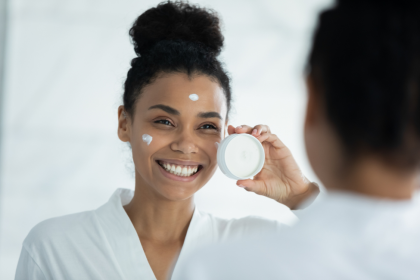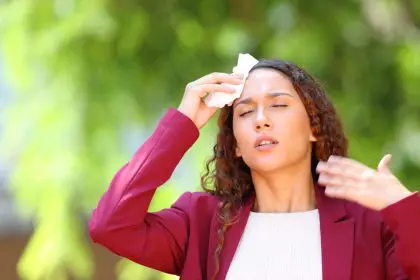The irritation from insect bites can leave people searching for quick relief, especially when faced with a seemingly endless array of products in drugstore aisles. While many over-the-counter treatments are marketed as effective solutions, understanding the science behind insect bites and their treatments can help individuals make informed decisions. This article delves into the types of insect bites, key ingredients found in relief products, and strategies for both treatment and prevention, ensuring the most effective solutions are chosen.
Understanding bug bites reactions
Insect bites trigger different reactions in the body. Mosquito bites cause a release of histamine, which leads to itching and swelling. Bee stings, on the other hand, introduce venom that causes pain, swelling, and potentially allergic reactions. Spider bites may cause tissue damage, and some species of spiders can lead to more serious symptoms. Tick bites are particularly concerning as they can transmit diseases like Lyme disease. Fire ant stings, known for creating pustules and intense irritation, can also result in severe allergic reactions in certain individuals. Recognizing the type of bite is key to selecting the most effective treatment.
Key relief ingredients
To effectively manage symptoms from insect bites, several active ingredients have been proven to provide relief. Antihistamines, for instance, are commonly used to alleviate itching caused by mosquito bites and other stings. Diphenhydramine works quickly to relieve itching, while pramoxine helps reduce pain. For more persistent itching, doctors may recommend doxepin or hydroxyzine.
Corticosteroids are effective in reducing inflammation. Hydrocortisone is commonly used for mild inflammation, while stronger corticosteroids such as triamcinolone and betamethasone are utilized for more severe reactions. Dexamethasone and prednisolone are powerful corticosteroids used to tackle intense itching or allergic responses.
In addition to these pharmaceutical treatments, many individuals turn to natural remedies, including colloidal oatmeal for its soothing properties, tea tree oil for its antimicrobial effects, and aloe vera gel for cooling and healing. Witch hazel and calendula preparations are also popular for reducing inflammation and promoting healing.
Product formulations
Insect bite relief products come in a variety of formulations, each offering distinct advantages. Sprays are favored for their ability to cover larger areas quickly. They offer cooling relief without direct skin contact, making them easy to apply and portable. Creams, on the other hand, provide targeted application, which can be more effective for localized bites. Creams also offer extended contact and often provide moisturizing benefits, while also creating a protective barrier over the skin.
Choosing the right product depends on factors such as the size and location of the bite, the desired relief method, and personal preferences. Some individuals prefer the portability and ease of sprays, while others may opt for creams for their longer-lasting effects.
Effectiveness factors
The success of an insect bite relief product is influenced by several factors. Timing plays a crucial role; the sooner a product is applied after a bite, the more effective it will be in reducing symptoms. The type and severity of the bite are also important. For example, a bee sting may require a stronger treatment compared to a mosquito bite. Individual sensitivity varies, so what works for one person may not be as effective for another. The method of application and environmental conditions, such as humidity and temperature, can also impact a product’s effectiveness.
Prevention strategies
While treatments offer relief, the best approach is to prevent insect bites from occurring in the first place. Protective clothing, such as long sleeves and pants, can help minimize skin exposure to insects. Using insect repellents, particularly those containing DEET, is an effective way to ward off mosquitoes, ticks, and other pests. Environmental management—such as eliminating standing water to prevent mosquito breeding—also plays a key role in reducing insect populations.
Timing is another consideration for preventing bites. Mosquitoes are most active during dawn and dusk, so staying indoors during these times can reduce exposure. Behavioral modifications, such as avoiding brightly colored clothing or floral scents, can also help reduce attractiveness to insects.
Emergency considerations
Although most insect bites are harmless, some cases require medical attention. Severe allergic reactions, such as swelling of the face or throat, need prompt treatment. Signs of infection, such as increased redness, warmth, or pus, should be evaluated by a healthcare provider. Additionally, symptoms of disease—such as fever or rash—may indicate the transmission of an illness like Lyme disease. If swelling or pain persists despite treatment, it may be necessary to seek professional medical help.
Conclusion
Choosing the right treatment for insect bites is a balance between understanding the type of bite, selecting the most effective ingredients, and considering individual needs. While a wide range of over-the-counter treatments exists, combining strategies—such as timely application, preventative measures, and understanding potential side effects—can lead to the most effective relief. Whether you opt for pharmaceutical products or natural remedies, knowing the science behind insect bite relief can ensure you make the best choice for your health and comfort.














